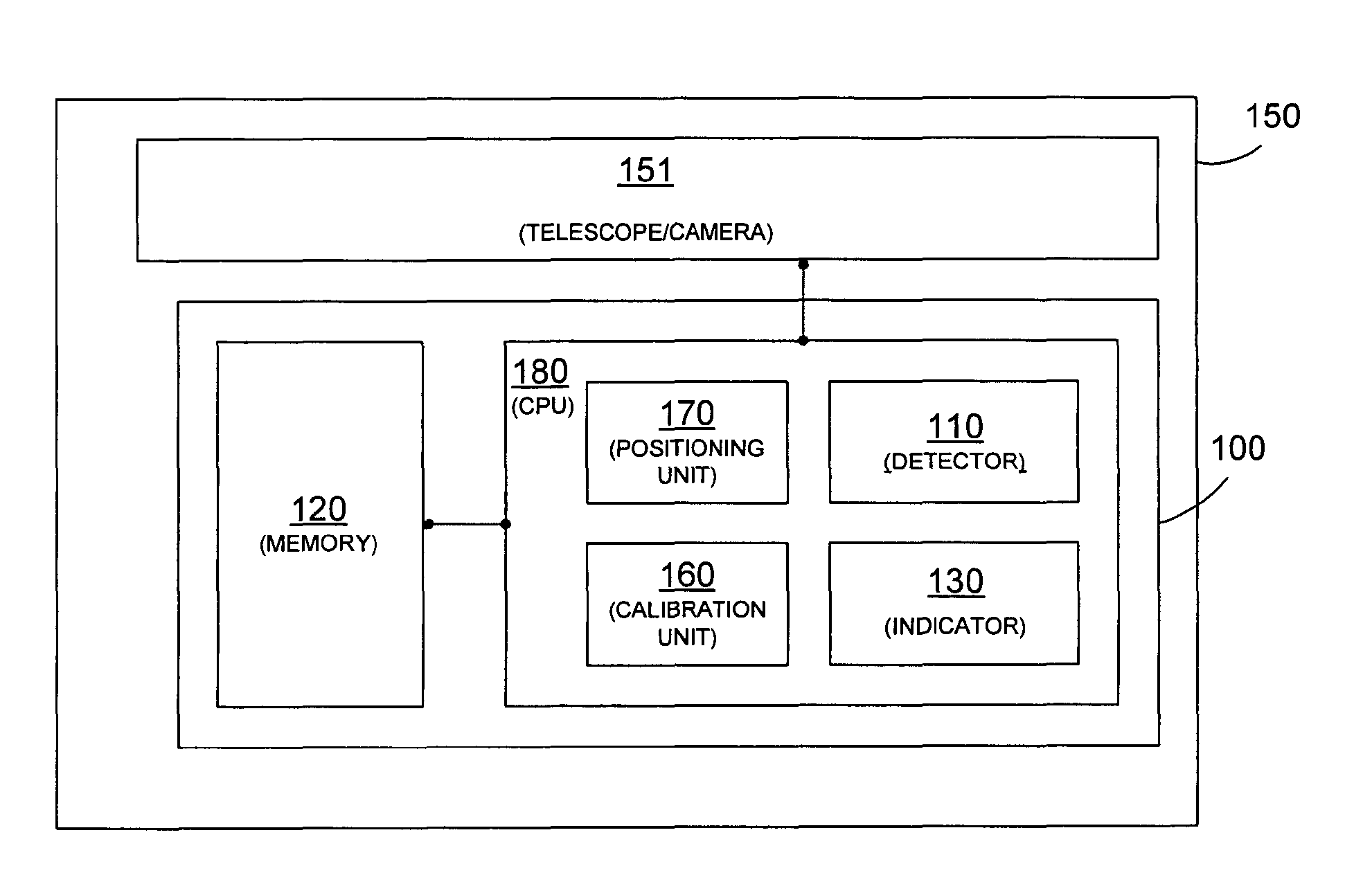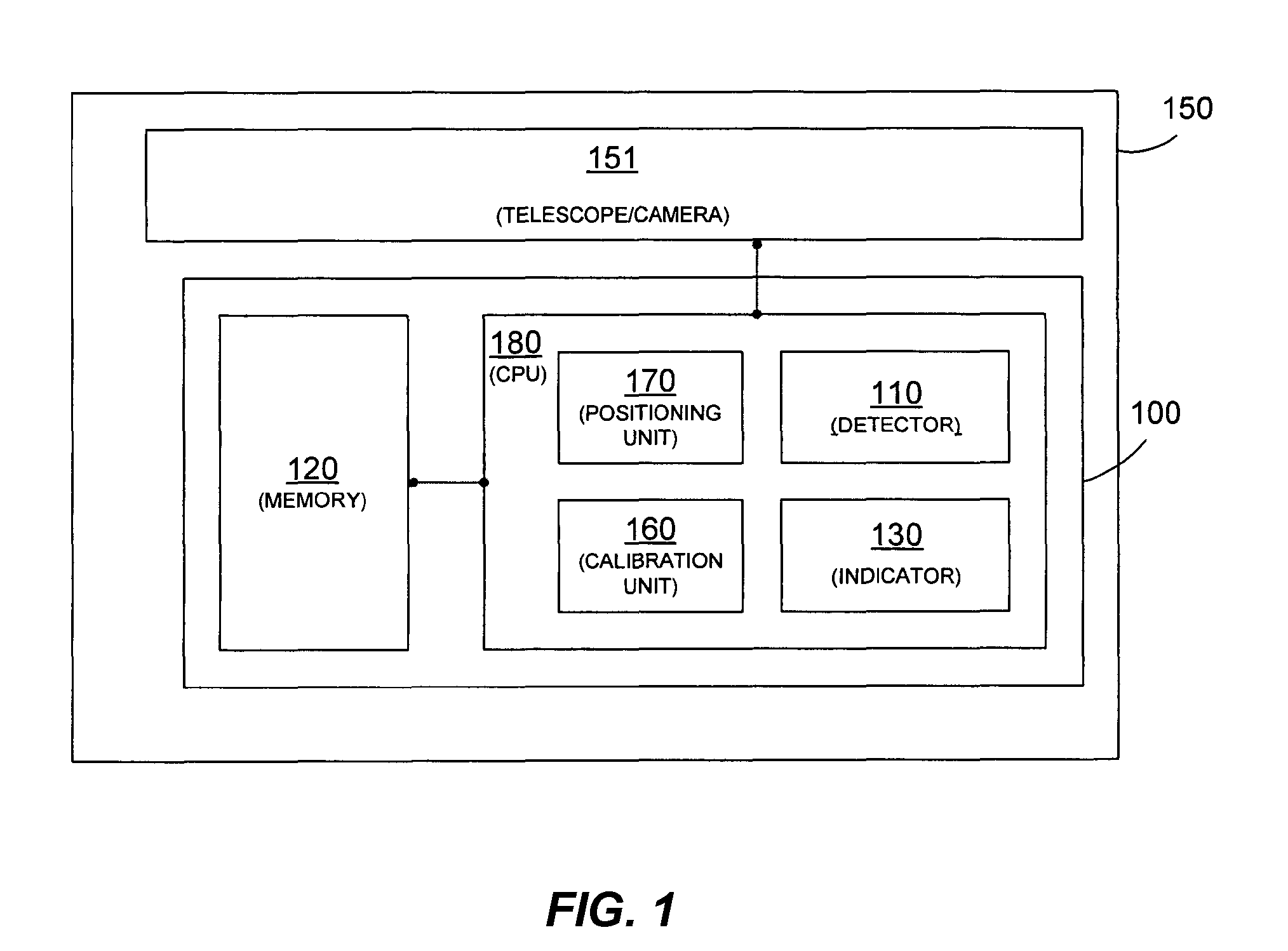Correction of calibration errors in an optical instrument
a technology for calibration errors and optical instruments, applied in the field of calibration errors correction, can solve problems such as reducing productivity, requiring error corrections with higher accuracy for error sensitive applications, and large positioning errors, so as to improve productivity, improve accuracy, and eliminate the performance of multiple calibration steps
- Summary
- Abstract
- Description
- Claims
- Application Information
AI Technical Summary
Benefits of technology
Problems solved by technology
Method used
Image
Examples
Embodiment Construction
[0041]Preferred embodiments of the invention are described with reference to the figures. It is noted that the following description contains examples only and should not be construed as limiting the invention.
[0042]Embodiments of the invention generally relate to a calibration of optical instruments to improve an accuracy of positional measurements using the optical instrument. Viewing direction errors of a direction measured by the optical instrument are recorded at different positions of a focusing lens along a mechanical path of the focusing lens such as in a telescope of the optical instrument. With the viewing direction errors known at different positions of the focusing lens corresponding to different distances to target objects, positional measurements over a distance range can be made more accurate.
[0043]FIG. 1 illustrates elements of an optical instrument 150 with a calibration error correcting device according to an embodiment of the invention.
[0044]FIG. 1 illustrates a c...
PUM
 Login to View More
Login to View More Abstract
Description
Claims
Application Information
 Login to View More
Login to View More - R&D
- Intellectual Property
- Life Sciences
- Materials
- Tech Scout
- Unparalleled Data Quality
- Higher Quality Content
- 60% Fewer Hallucinations
Browse by: Latest US Patents, China's latest patents, Technical Efficacy Thesaurus, Application Domain, Technology Topic, Popular Technical Reports.
© 2025 PatSnap. All rights reserved.Legal|Privacy policy|Modern Slavery Act Transparency Statement|Sitemap|About US| Contact US: help@patsnap.com



